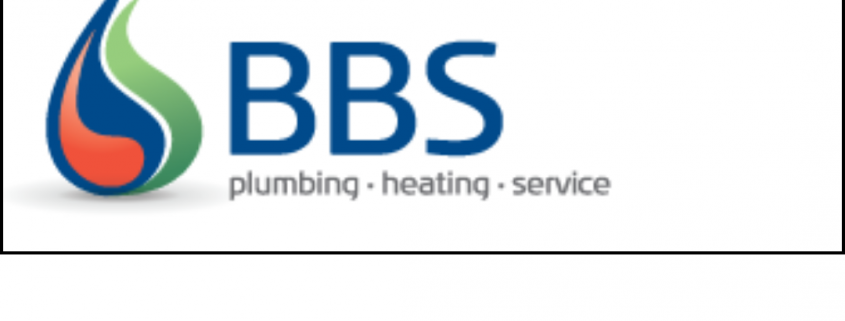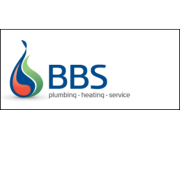How To Flush Your Toilet Blockage Problems Away!
What do you call a toilet when it stops flushing properly?
An inconvenience!
One of Bernard’s plumbing jokes that makes everyone groan. I’m sure he got it from a Christmas cracker. However, when a toilet does stop working – as it could well do during Christmas festivities – it can be more than slightly annoying.
By carrying out a few simple, basic actions, in many cases, a toilet can be unblocked or a cistern able to flush again without the need to call for additional help. Some humans might think it quite strange to be taking plumbing advice from a dog but, remember – never judge a dog by the cover of a book he likes to chew!
Taking the plunge
The one action that most people will know is to use a plunger to try and dislodge the blockage and restore the water flow. Applying a firm pressure and repeating the plunging stroke several times ought to solve most blockage problems.
However, if the plunging action doesn’t make the water move at all then the next step is to take a look at the toilet ports as they may be blocked. Toilet ports are small rinse holes, which can be found inside the rim of the toilet bowl.
Holes in one
If you live in a hard water area, mineral deposits soon accumulate in the rinse holes and cause a weak flush. Thoroughly clearing all the holes could solve the problem. By using a hand mirror to see the holes, take a small screwdriver or a similar pointed tool – even the end of a wire coat hanger – to gently clear away any build-up of grime or deposits, being careful not to scratch the porcelain. Dogs and cats often get the blame for scratching the porcelain but remember – even when it’s raining cats and dogs, you will still step into a poodle!
Is siphon the terrible cause?
However, if the toilet still does not flush after clearing the rinse holes then there could be a problem with the siphon itself, which can be found inside the cistern. At this point a decision has to be made if you feel able and, indeed, wish to remove and replace the siphon toilet part (which is easily purchased from any DIY store).
Before the work begins, the water supply to the cistern will need to be isolated by turning a valve, which is usually located at the toilet rear, and the cistern drained down. Once the siphon has been replaced, and the water supply restored, then the toilet can be tested by flushing several times.
If the toilet still does not flush then it will be time to call your friendly local plumber – most often answering to the name of Bernard – who is my master and I shouldn’t forget it!






Leave a Reply
Want to join the discussion?Feel free to contribute!